Rhinoplasty transforms the patient and is one of the most effective ways to change the appearance.
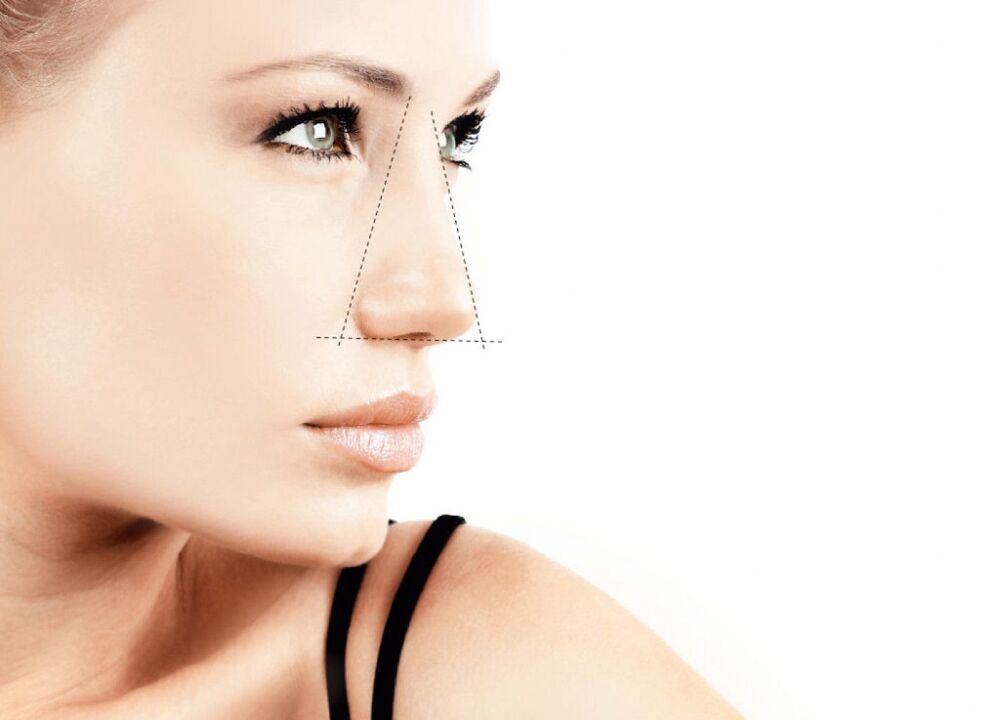
The face opens, looks younger, visible defects disappear, and sometimes breathing problems occur. In Hungary, surgeons have enough tools and techniques to give a new look to a person.
But every operation has its pros and cons.
Types of rhinoplasty
How is rhinoplasty different from rhinoplasty?There is no difference between these concepts.
There are several types of corrections.Rhinoplasty is performed as follows for each type of surgery:
- Septoplasty: aims to change the shape of the nasal septum and is prescribed if respiratory function is impaired.
- Closed rhinoplasty is performed as follows: through one or more incisions, the skin separates from the frame - cartilage, bone. A correction is then made - the parts are removed or enlarged. The skin is then sutured. Columella incision is not performed. This is a technique commonly used by surgeons.
- Open rhinoplasty: recommended for large amounts of correction. The incision is made in the nasal cavity and the columella region.
How long does a rhinoplasty last:The duration of the surgery depends on the amount of work and the technique. Thus,closed correction lasts 30-40 minutes, open - 60 minutes. For completely closed rhinoplastyIt takes 1 hour, open - about 1, 5 hours.
Operating video
In order to be clear about how rhinoplasty is done, we recommend that you watch a video of the operation.
Non-surgical rhinoplasty
Used when minor errors need to be corrected.It is performed in 5-7% of patients.
Fillers are used to smooth or change the angle of the nasal tip, restore symmetry, and cover the hump. The disadvantage of such a correction is that after 12-18 months the fillers dissolve, so there is a risk of migration.
Absorbent preparations are also used. This way it is possible to get rid of bumps, bumps. The technique is applied on the hill, on the wings, in the zone above the peak, occasionally in the hump. It goes through several stages.
The threads inserted through the punctures allow the tip to be tightened and the shape of the wings to be adjusted. This technique is not popular because there is a risk of thread rupture, the appearance of rough scars.
Photos before and after
We offer that you can see the results of rhinoplasty with other people in these photos.
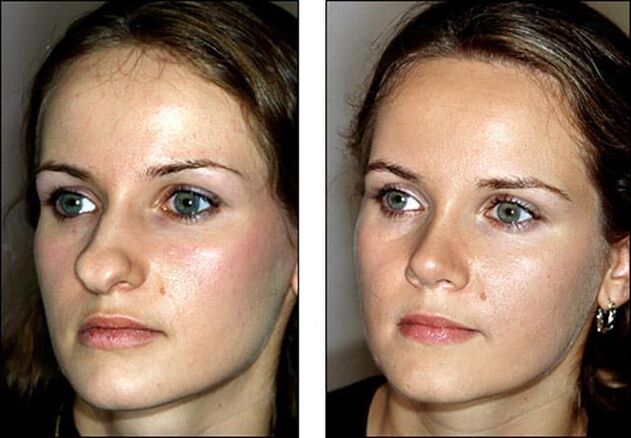
Indications and contraindications
The indications for rhinoplasty are related to the following shape defects:
- Gorbinka.
- Sharp or thick, pointed mountain.
- Long length.
- Wide nostrils.
- Saddle shape.
Rhinoplasty is recommended for deformity of the nasal septum, congenital and traumatic deformities. The operation is performed by violating the nasal breathing and stopping it completely.
The surgeon refuses the correction if the client:
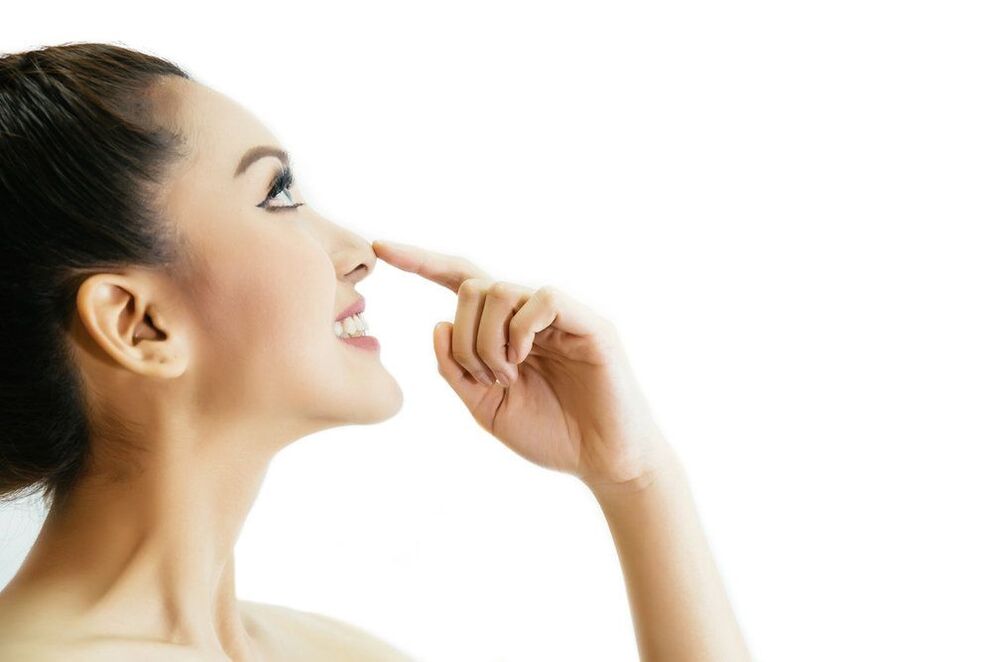
- Cardiovascular diseases,
- Blood clotting disorders;
- Diseases of the liver and kidneys;
- Diabetes;
- The active form of tuberculosis;
- pregnancy, menstruation;
- Folliculitis (inflammation of the hair follicles), acne at the site of an upcoming surgery;
- Acute viral infections;
- cancers;
- Disorders of the mental sphere.
There are also age restrictions. Rhinoplasty is not performed in girls up to 18 years of age and in boys between 21 and 23 years of age, which is related to the process of formation of the facial part of the skull.
Correction is not recommended beyond the age of 40 due to the slowing of tissue regeneration and the risk of complications at this age. Older patients have a hard time getting used to a new look and often regret the changes.
At the preoperative consultation, the surgeon will find out why the patient is interested in rhinoplasty, what results he or she expects, explains the consequences, and warns of possible complications.
Training
Nasal correction is performed after preparation. Your surgeon will inform you how to prepare for a rhinoplasty.
The preparation of rhinoplasty consists of standard tests:
- Electrocardiogram.
- Chest X-ray or fluorography.
- Nose picture.
Refuse blood thinners 2 weeks before the upcoming procedure. It is recommended to refrain from drinking alcohol and smoking for 7 days before rhinoplasty. They leave light meals in the diet for a day and refuse food and water for 6 hours.
An anesthesiologist is consulted before surgery. The technician will clarify the information on the tolerability of anesthesia.
List of analyzes
Such analyzes are performed before rhinoplasty:
- Blood (general, biochemical, electrolytes, coagulogram, blood type, Rh, factor) - for 14 days.
- HIV, HBS, HCV, RW - for 3 months.
- Urine - for 14 days.
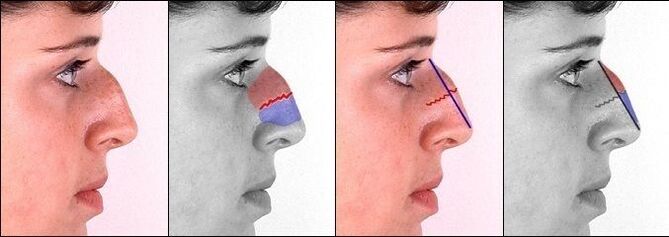
Species?
During rhinoplasty itself, the patient does not feel anything because he is in a drug-induced sleep state or the doctor is using painkillers.
During the rehabilitation period, you experience more discomfort than pain - such as tampons in the nose that are removed after a day and swelling. Compared to breast surgery, rhinoplasty is said to be painless.
Rehabilitation
If an osteotomy (artificial bone fracture) has been performed, plaster casts should be used7-10 days. Edema in the nose and around the eyesThey disappear in 10-20 days.
The doctor may evaluate the results after 6 months and finally after one year. How long it takes for tissues to heal depends on the characteristics and age of the body.
After removing the plaster, the patient must consult a doctor within the specified time. For a time, they refuse to wear glasses, exclude spicy and hot foods from their diet to prevent bleeding, and restrict physical activity.
The full rehabilitation course lasts 6-12 months.
How long the face heals depends on the severity of the surgery and the complications.After 10 days with a good course, the person will gradually return to a normal rhythm of life., going to work.
Why is rhinoplasty dangerous?
It is a surgical procedure that involves risks, sometimes with side effects. These are good reasons not to have a rhinoplasty, especially if the surgeon sees no abnormality and medical indication.
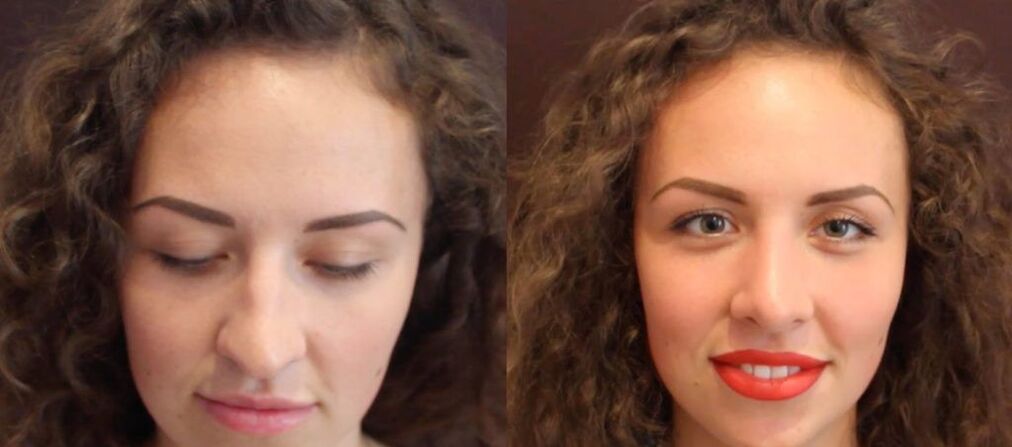
An anaphylactic reaction to anesthesia is possible - a phenomenon of rapid allergy that is life-threatening. Toxic shock syndrome is observed in 0. 017% of cases - a state of shock that leads to vital activity of exotoxins by bacteria or viruses.
In general, adverse events occur in only 4 to 18. 8% of patients, with skin and soft tissue complications occurring in every tenth of this group.
Excessive bleeding, skin cracks, mucous-cartilage structures, burns, bone pyramid damage, and more are recorded during surgery.
Anaphylactic shock, visual and respiratory disturbances may occur in the first hours and days after surgery. Among the hidden complications - bleeding, hematoma of the septum.
Rarelyan infection gets into the wound, which requires antibiotic treatment, hormones and blood transfusions are used in case of sepsis (sepsis).
Other complications include:
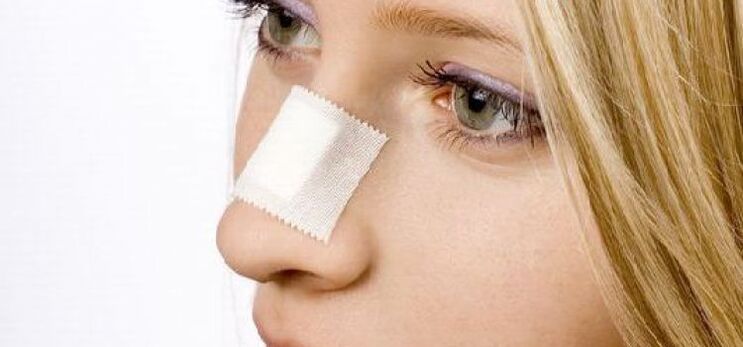
- Decreased sensitivity.
- Scars, scars requiring repeated intervention.
- Difficult breathing.
- Deterioration of smell.
- Perforation of the nasal septum (holes).
- Dust loss.
- Appearance of the vascular network, pigmentation.
- Rarely - tissue necrosis (death).
In addition, the patient is not always satisfied with the result -3 out of 10 such patients.The probability is that the outlook is as planned. The nose may look too right, appear unnatural, and not be combined with the rest of the face. Therefore, before deciding on a change, consider the pros and cons.
Thereafter, a second correction may be required after 6 months, but not earlier. Indications are improperly sutured or excessively removed cartilage in which the nose appears short, a small columella (lower part between the nasal passages), and so on.
When is the best time to cancel a surgery?
People with dysmorphophobia or dysmorphomania often turn to plastic surgeons for help. In the first case we are talking about a painful attitude towards minor defects or characteristics of the body, in the second - an imaginary external defect.
If the surgeon does not find a deviation from the average parameters in the position of the nose in relation to the rest of the face, a psychological consultation is recommended.
You should also study opinions about the clinic and a particular specialist. The lower the qualification of the doctor, the greater the likelihood of complications.






















